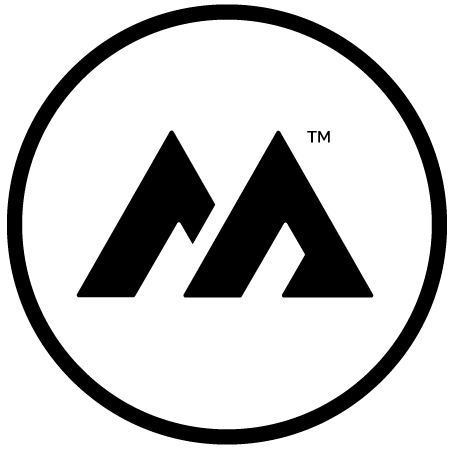Need Help Prototyping? Check This Guide Out
Prototyping is an experimental process that involves a design team implementing their ideas into tangible form. The designs aim to capture the original design concept allowing the team to carry out tests on users. With a prototype, you can refine and validate the original design ensuring your brand releases the right product. Prototyping your idea also helps you avoid mistakes such as a complex design that is hard to implement or sticking with a weak concept. Below is a step-by-step guide on how to create a working prototype for your product idea.
Sketch
The first step is to create a detailed diagram of your product, visually capturing as many ideas as you can. You should have two sketches where the first design sketch should illustrate the expected final appearance of the product. The second diagram should be a technical sketch showing dimensions, materials, and working for your design. Doing your sketches on paper is easier and is essential when submitting your patent.
As you sketch your idea, you should consider features you can compromise on to remain within budget. You can divide the parts into three categories; necessary, good to have ( they would make your product stand out but aren’t essential), and unnecessary. Most if not all of the features on your final design should fall in the necessary category.
Develop a 3D model
Transferring your concept sketches to a three-dimensional model helps you and third parties such as investors and partners visualize your product. You could also use augmented reality apps to visualize your product in the real world. Three-dimensional models come in handy when demonstrating the product’s size, shape, and design that you have in mind. 3D models also help you figure out what parts need to be adjusted to fit your end product goal.
Proof of Concept
In this stage, you will be building the product using your sketches. For less complex products, you could get a three-dimensional printout of the already modeled product. However, for products with mechanical and electronic parts, you will have to get creative and improvise. The main aim of this stage is to show that your idea works; therefore, the end-product does not need to be appealing. You can use supplies that are readily available to you, such as household products to achieve the idea.
Create a Prototype
In this stage, we combine the 3D model and the proof of concept aspects to create the first prototype for your idea. Creating a prototype alone may not be possible, especially for complex products; therefore, you can outsource rapid prototyping services from a trusted company. Outsourcing enables you to get your prototype faster at an affordable price and test out multiple designs. You should test your prototype and identify weaknesses as it is easier to make adjustments to a prototype than the final product.
Note that in instances where you outsource help, it is vital to protect yourself from intellectual property theft. Therefore, it would help if you asked all third parties to sign a non-disclosure agreement (NDA) and file a patent for your product idea and design.
Create the Final Prototype
In this step, you carry out the cost and feasibility analysis for your product. This process involves going through every part of the prototype as you figure out ways to cut costs while not compromising on functionality. The goal of this process is to find the middle ground between price and quality. You should also ensure your product uses standard manufacturing processes such as low-volume injection molding.
If your product uses customized techniques, you may have to add to the production cost. Creating the customized technique and training the staff on how to use it will inflate the price. It may also take a longer period to produce your product. It would be best if you kept an eye out for the manufacturing needs of every part during the prototyping process. Products that require customized manufacturing should be swapped with easier-to-produce parts.
Creating a working prototype can be an uphill journey, but you can accomplish your goal with these easy steps. Working with a trustworthy and reliable team also helps you produce quality products at a much quicker rate.






